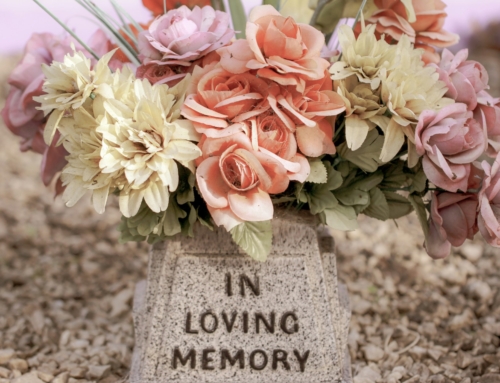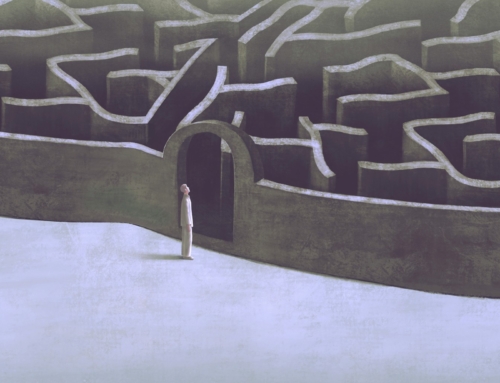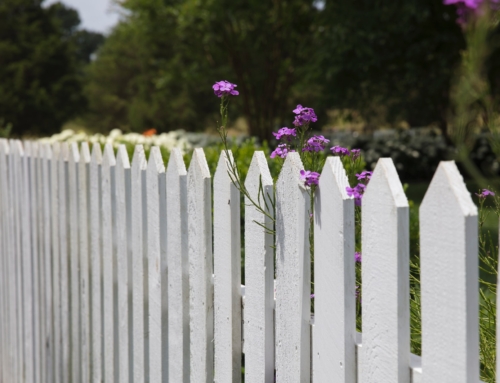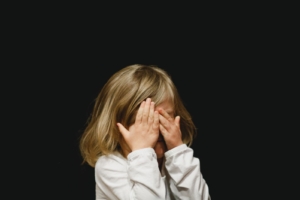 There is likely no more vulnerable time in a person’s life than when they are a child. When we are young, we are impressionable, lacking experience, resilience, and the necessary coping skills to deal with difficult circumstances. This is the time of life when we most need to be sheltered and nurtured. However, for many children, this is when they have adverse childhood experiences whose impact may linger for the rest of their lives.
There is likely no more vulnerable time in a person’s life than when they are a child. When we are young, we are impressionable, lacking experience, resilience, and the necessary coping skills to deal with difficult circumstances. This is the time of life when we most need to be sheltered and nurtured. However, for many children, this is when they have adverse childhood experiences whose impact may linger for the rest of their lives.
Many circumstances can lead to a child having traumatic experiences, and the more a child experiences trauma, the harder it will be for them to overcome the impact of these experiences and flourish. However, the good news is that these traumatic experiences can be overcome, and they don’t have to prevent a person from being all that the Lord wants them to be.
Understanding adverse childhood experiences
When a child undergoes an experience that causes long-term or extreme stress, that experience can be termed traumatic. When a child undergoes a traumatic experience, they may feel like they’re in danger, helpless, scared, or they may be physically injured. These traumatic experiences that a child has before they are 18 years of age are known as Adverse Childhood Experiences (ACEs).
There are a variety of ACEs that a child can experience, and a child is at a greater risk of experiencing these if they live in a community replete with violence, or if they are exposed to a lot of family and economic stress. If a child grows up in a household with a low level of education and low income, or if their family isn’t close-knit and the parents have themselves been neglected or abused, this too can put a child at greater risk of ACEs.
Additionally, if a child’s community is economically disadvantaged and has limited resources for the youth, and if there are high levels of substance abuse in that community, that also puts a child at a greater risk of exposure to ACEs. All these factors play a role in increasing the risk and likelihood of a child going through an ACE.
Some of the traumatic experiences that form ACEs include but aren’t limited to the following. A child can undergo such traumatic events once, or they may be part of a pattern of experiences that they undergo. These experiences include:
 Homelessness and having an unstable housing situation.
Homelessness and having an unstable housing situation.- Abandonment.
- Discrimination.
- Not having enough food to eat.
- Experiencing neglect.
- Experiencing physical, sexual, or emotional abuse.
- Experiencing instability due to parental separation or divorce, or because one or both parents are in jail.
- Witnessing acts of violence in the community.
- Being a witness to domestic violence.
- Having a parent with a mental illness.
- Living with someone with a substance use disorder.
- Having a family member who attempts suicide, or who dies by suicide.
- Experiencing a natural disaster.
- Being involved in a car accident.
- Experiencing bullying, whether online or in person.
These adverse childhood experiences will affect a child not only when the traumatic event itself occurs, but also later in life. These effects of ACEs, however, can be addressed through therapeutic interventions and other means.
The impact of adverse childhood experiences
Unfortunately, according to the Centers for Disease Control and Prevention (CDC), ACEs are all too common. The CDC reports that around 64% of U.S. adults indicated that they had “experienced at least one type of ACE before they reached the age of eighteen, and nearly one in six (17.3%) reported they had experienced four or more types of ACEs”. You are not alone in going through challenging experiences.
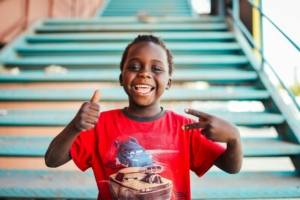 An ACE will have an impact on a person there and then, but also later in life. They can impact a person’s health, and overall well-being, as well as their education and work potential. Going through ACEs stresses your body, and it can result in a broad range of chronic conditions that include heart disease, cancer, and diabetes.
An ACE will have an impact on a person there and then, but also later in life. They can impact a person’s health, and overall well-being, as well as their education and work potential. Going through ACEs stresses your body, and it can result in a broad range of chronic conditions that include heart disease, cancer, and diabetes.
In the wake of an ACE, a child may experience various physical, emotional, and mental signs of extreme stress. Some of these signs may include mood changes, bedwetting, developing a fear of other people, having learning difficulties at school, struggling to sleep or having bad dreams, struggling to show affection to loved ones, and avoiding any space or situation that relates to or is reminiscent of the ACE.
That child, as they develop, will find themselves at a greater risk of depression, and they may have difficulty functioning well as adults. They may thus struggle with handling their finances well, have trouble finding and keeping a steady job, as well as have difficulty in forging close and lasting relationships with other people.
Experiencing the toxic stress that forms the basis of an ACE can have an impact on and cause changes to a person’s cardiovascular system, brain, metabolism, and immune system. A person exposed to ACEs, especially repeatedly, will also be at greater risk of falling prey to substance abuse disorder, they may be more likely to be incarcerated and involved in physical violence, and they are also at risk of early and unwanted pregnancies.
Lastly, a person who undergoes ACEs and does not address the issues that they generate is also more likely to go on to expose their own children to ACEs, perpetuating a vicious cycle. ACEs thus not only affect a child when they are young and well into adulthood, but they can also become an issue that affects the well-being of multiple generations. This makes it imperative to address ACEs and take preventive measures as well.
Overcoming adverse childhood experiences
ACEs can be mitigated through the concerted efforts of parents, families, pro-family resources, and policymakers that help foster communities and families that are safe and help meet the developmental needs of a child. For the child that has undergone ACEs, several steps can be taken to address their needs effectively.
A child needs a nurturing and safe environment in which their emotional and physical needs are met. Your child needs to feel they have a bond with you, and they need to feel safe with you. A parent can prevent and reduce the risk of exposing a child to trauma by using gentle and non-violent approaches to discipline, as well as helping the child learn effective ways of identifying and addressing their feelings to minimize conflict and handle it well.
Additionally, a parent or caregiver can use gentle language when addressing their children, as well as by seeking to be an exemplar for them. More broadly, a parent can use resources such as support groups to address underlying issues such as substance use disorder, trauma, and grief to get help and heal.
There may be resources available such as mentorship programs, clubs, or sports teams that your child can join to promote their growth, confidence, and social development. There may also be community-based intervention services that can support your immediate housing, legal, or medical needs.
 If you experienced ACEs when you were a child, those experiences likely continue to affect you as an adult. You may be experiencing anxiety or anxiety disorders, as well as depression because of ACEs. Changes in your lifestyle such as getting regular exercise, journaling, and meditation may help you to cope better with your trauma.
If you experienced ACEs when you were a child, those experiences likely continue to affect you as an adult. You may be experiencing anxiety or anxiety disorders, as well as depression because of ACEs. Changes in your lifestyle such as getting regular exercise, journaling, and meditation may help you to cope better with your trauma.
Additionally, seeing a mental health professional like a counselor or trauma-focused therapist can help you work through the impact of ACEs on your well-being. Joining a support group where people with similar ACEs can meet to encourage one another is also helpful for your well-being. In some instances, medication in combination with talk therapy helps treat and manage various conditions associated with ACEs.
Whatever adverse childhood experiences you or your child may have undergone, they can be effectively addressed by various interventions. Reach out for help to begin overcoming ACEs to achieve your full potential.
“You can’t see me”, Courtesy of Caleb Woods, Unsplash.com, CC0 License; “On the Swing”, Courtesy of Johnny Cohen, Unsplash.com, CC0 License; “Happy Child”, Courtesy of Tetbirt Salim, Unsplash.com, CC0 License; “Girl on Swing”, Courtesy of Vika Strawberrika, Unsplash.com, CC0 License




